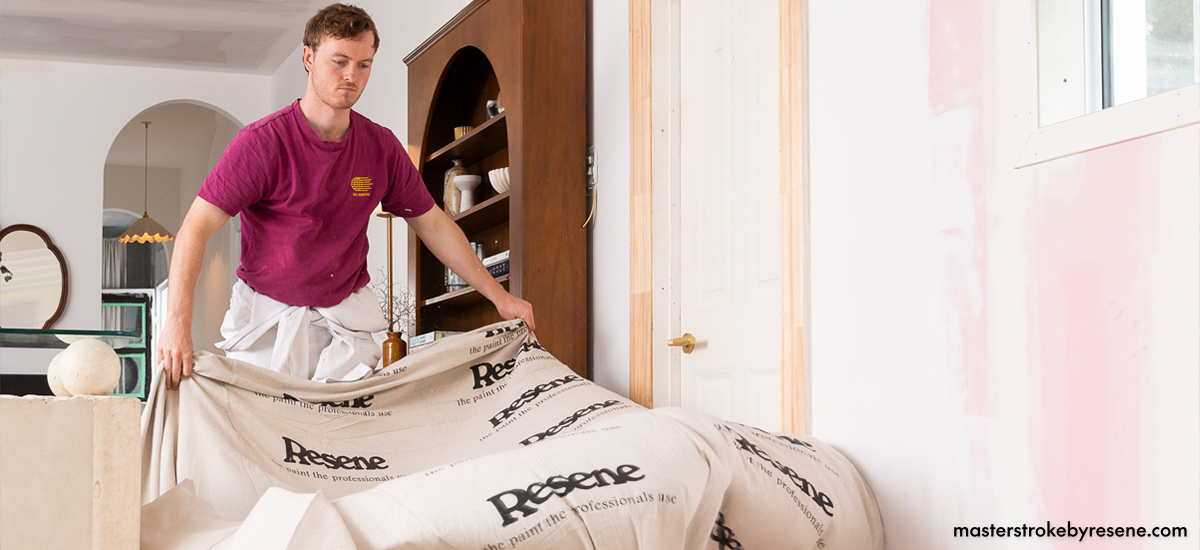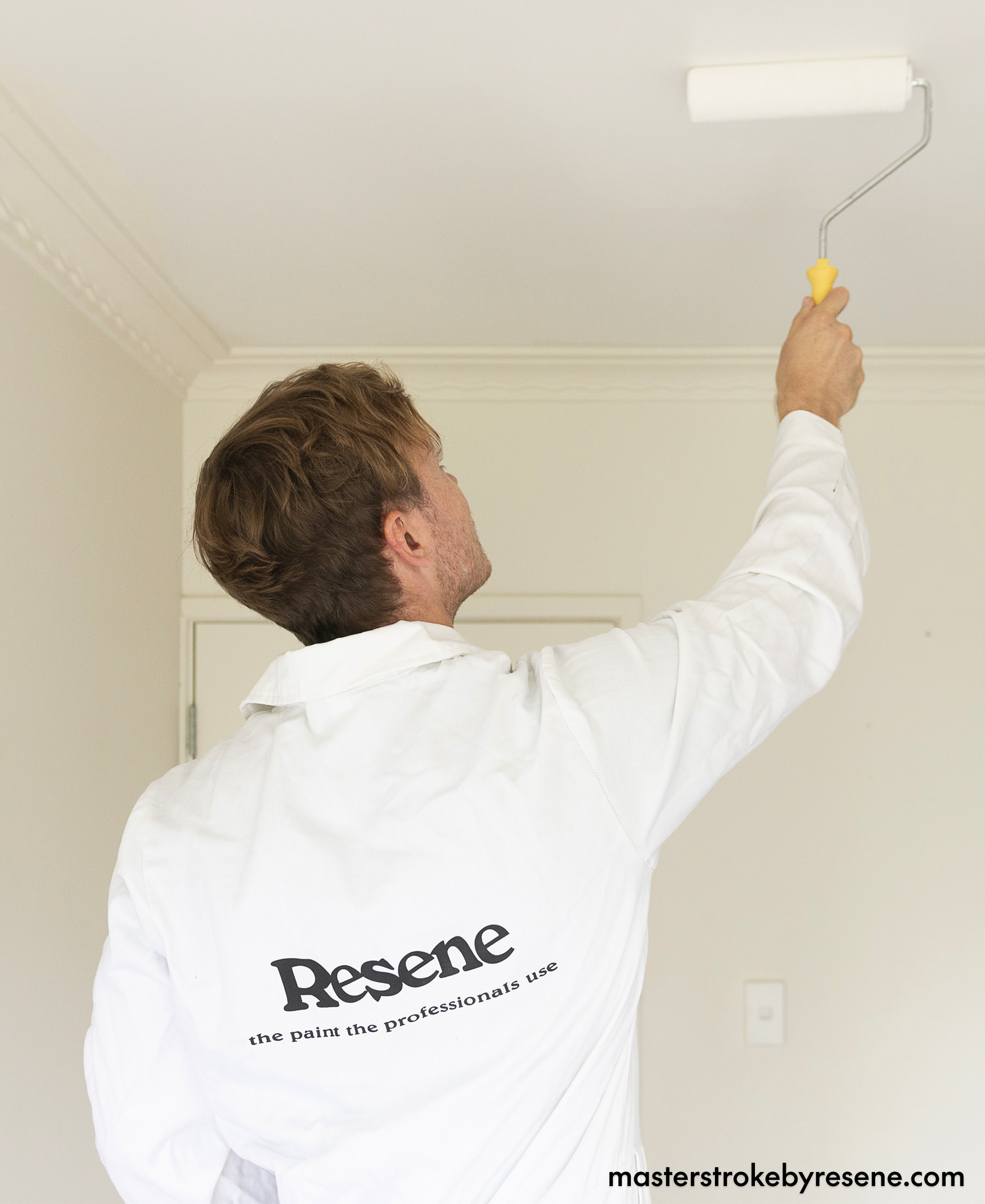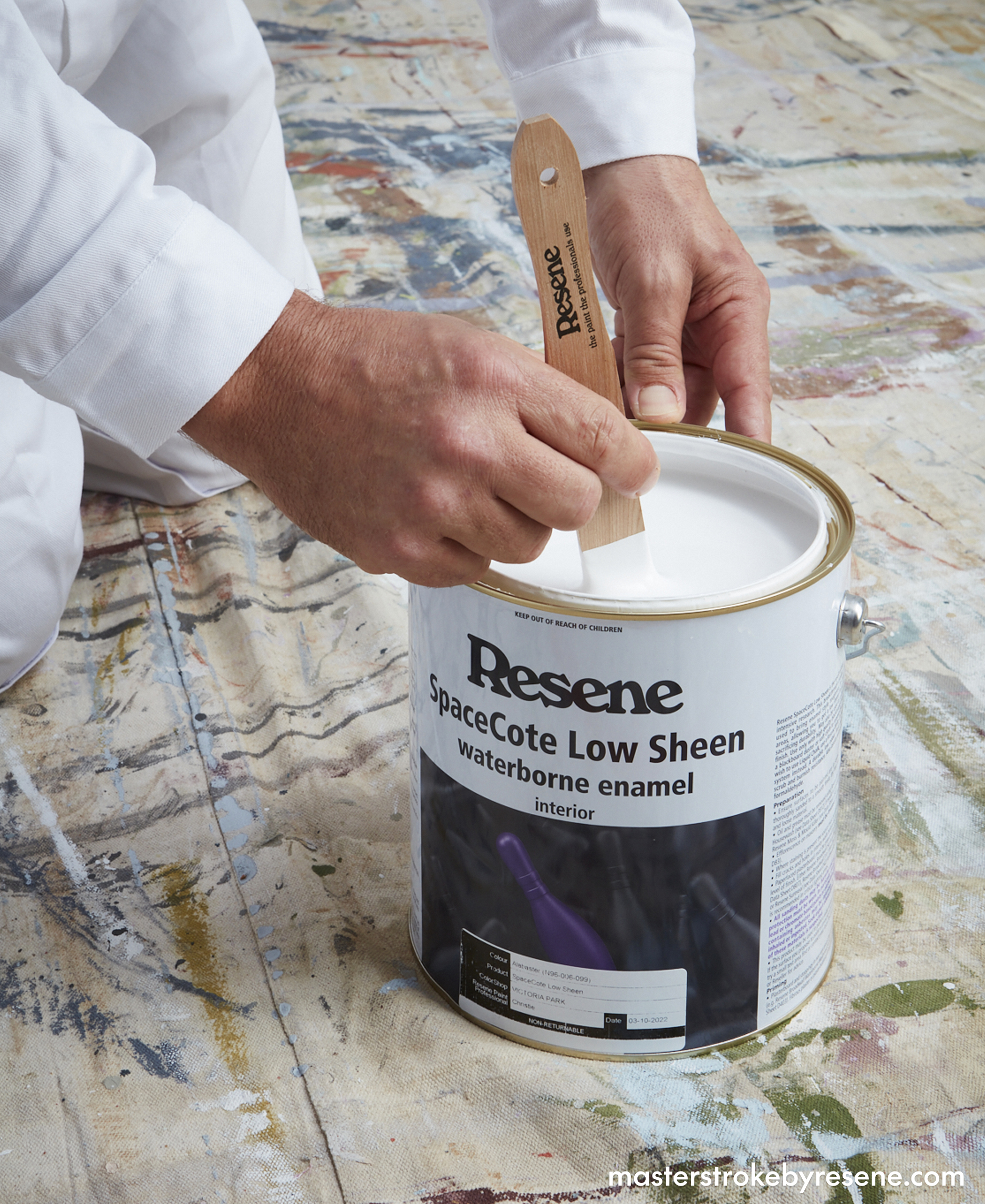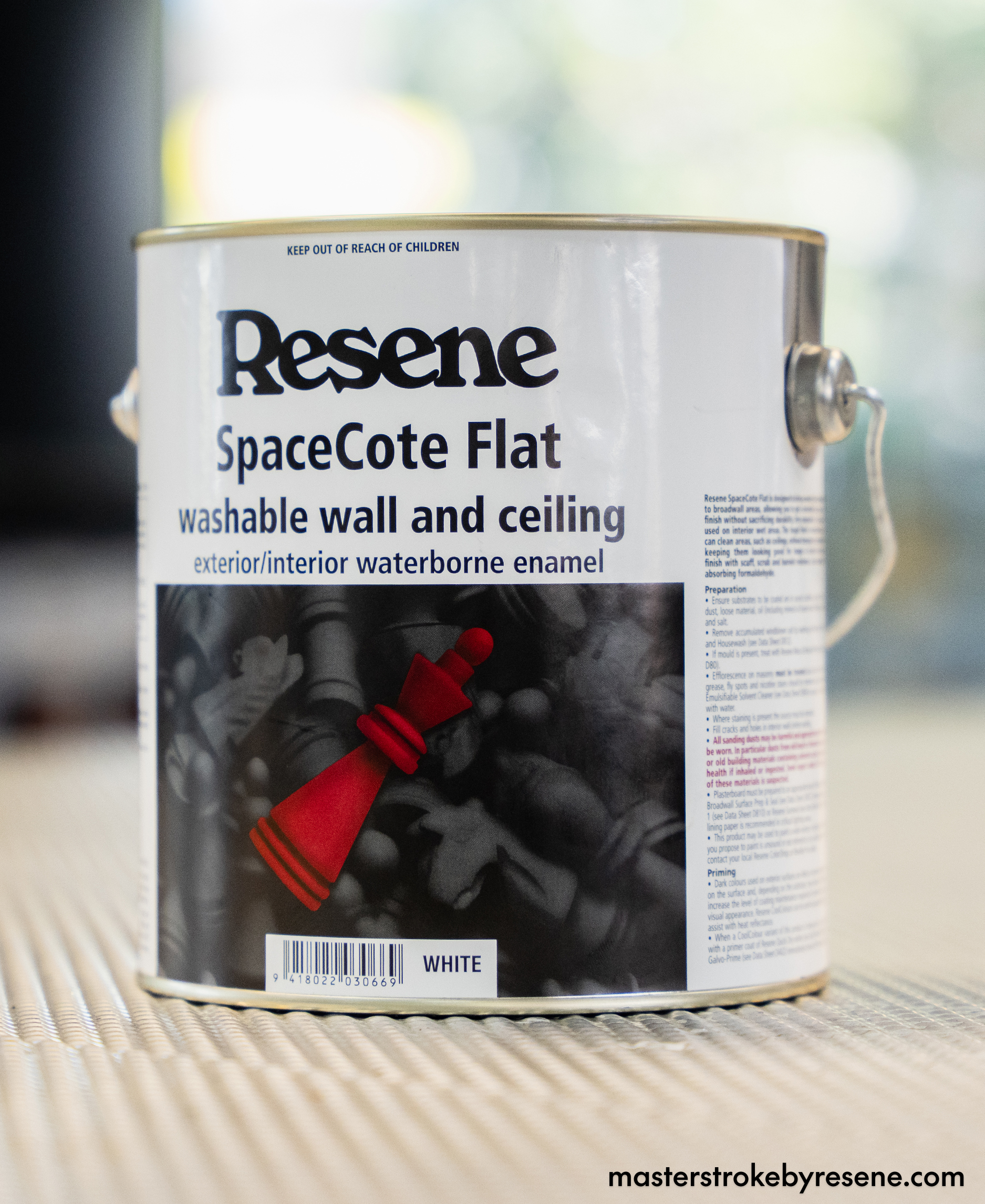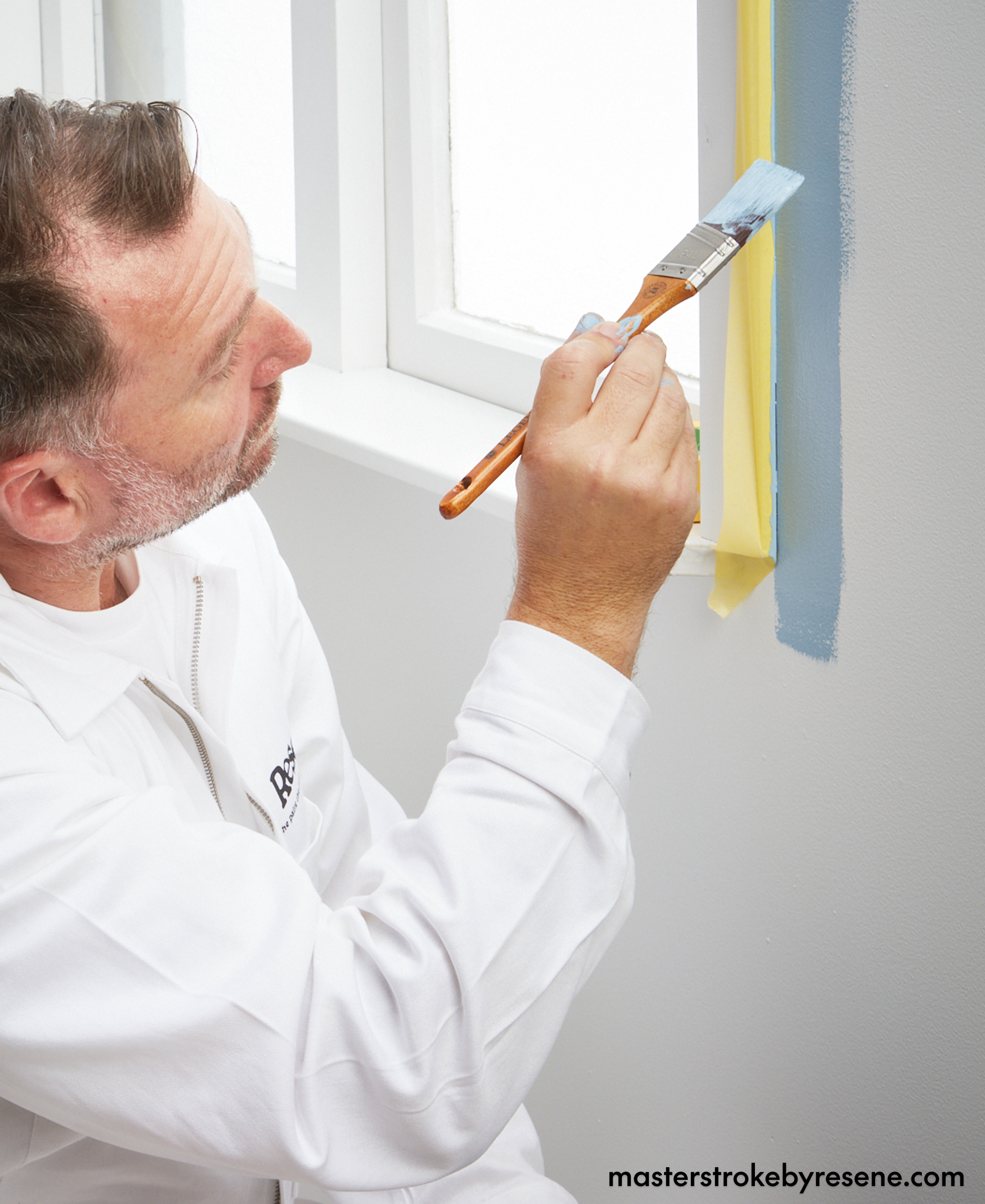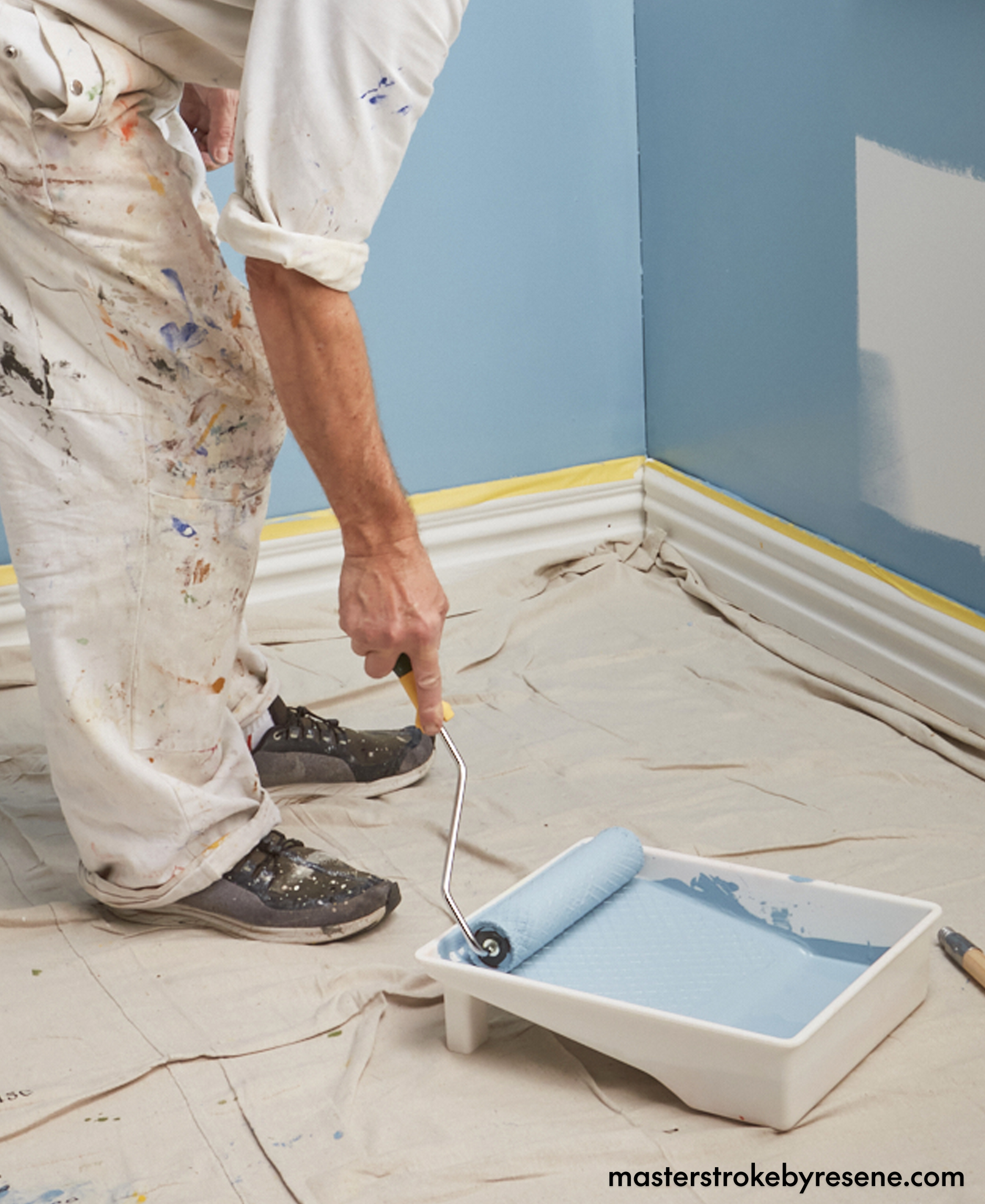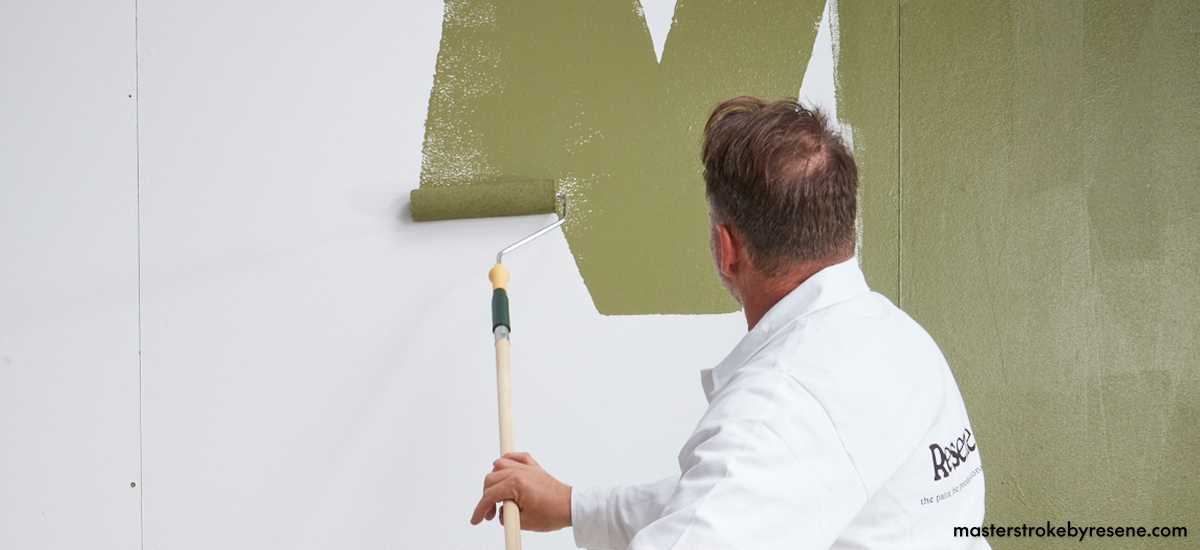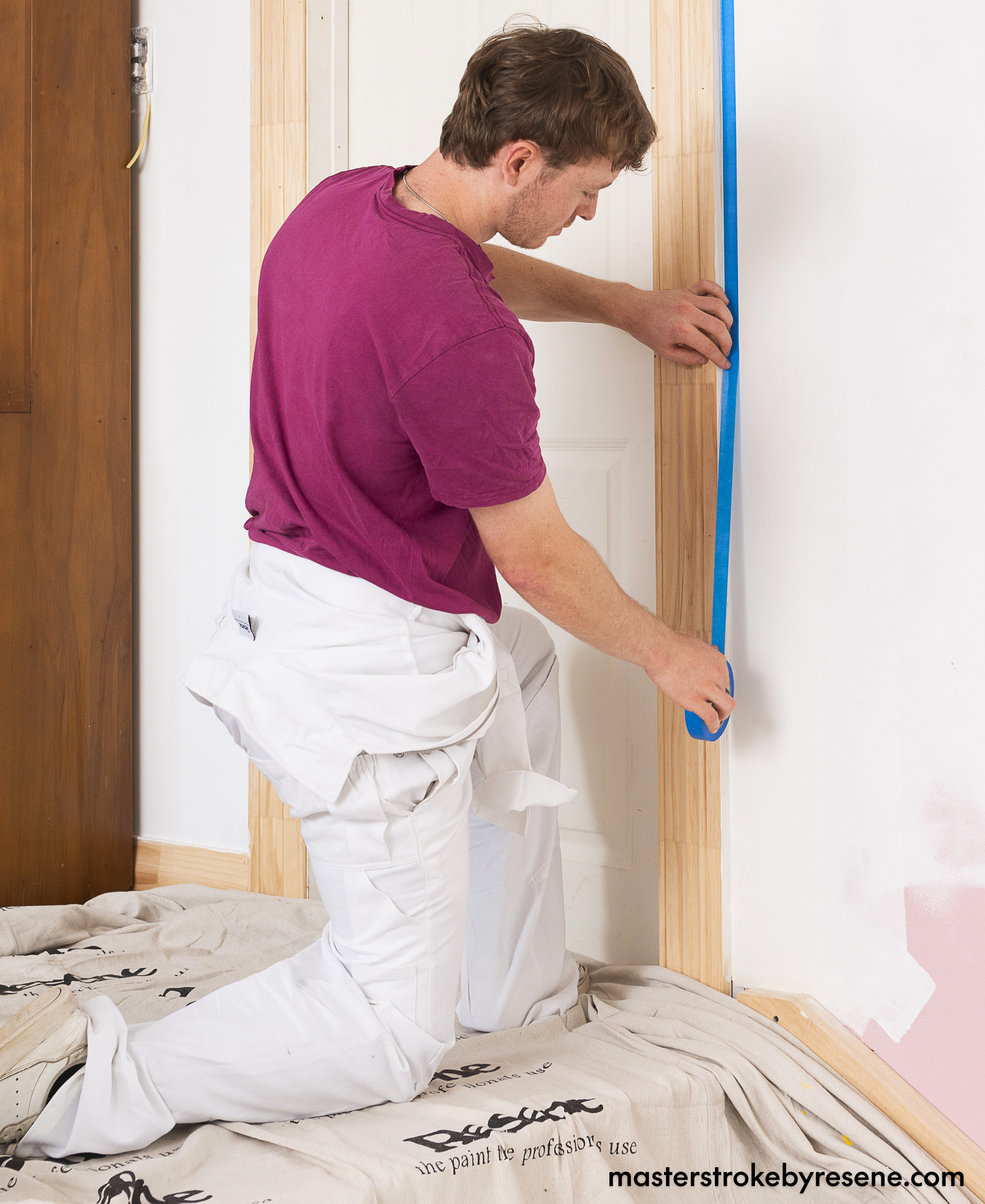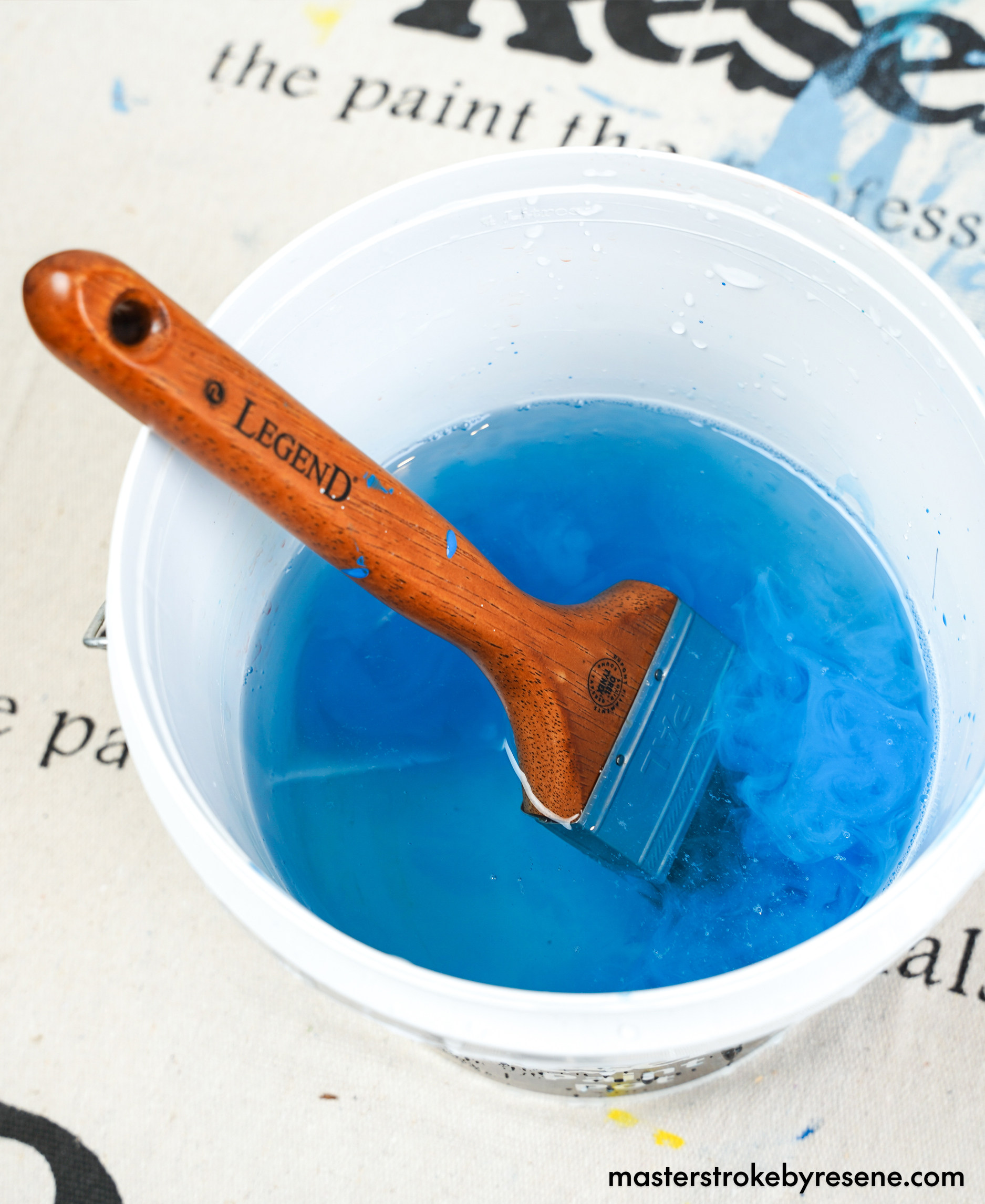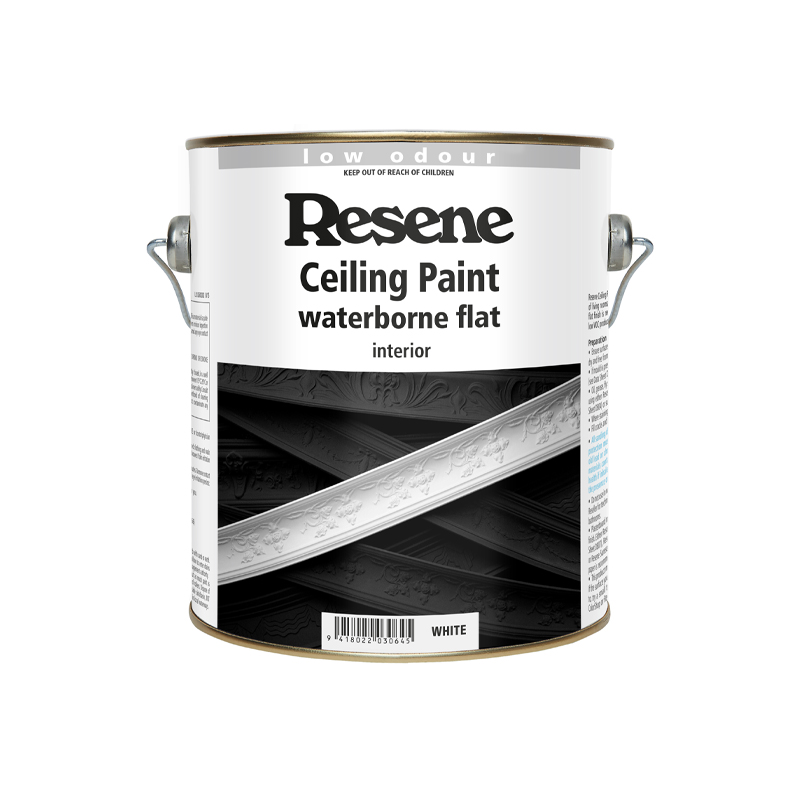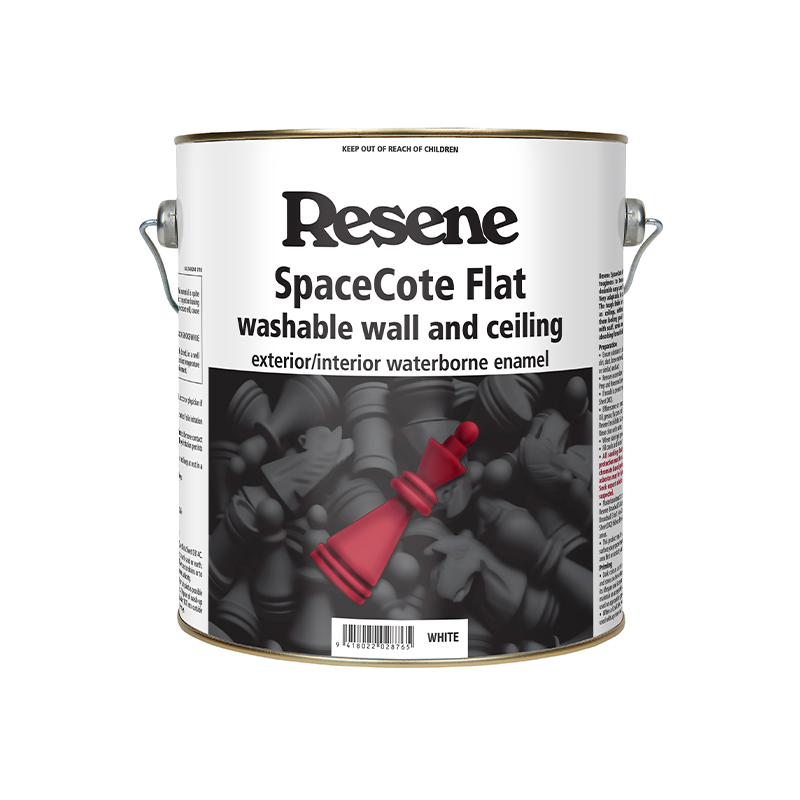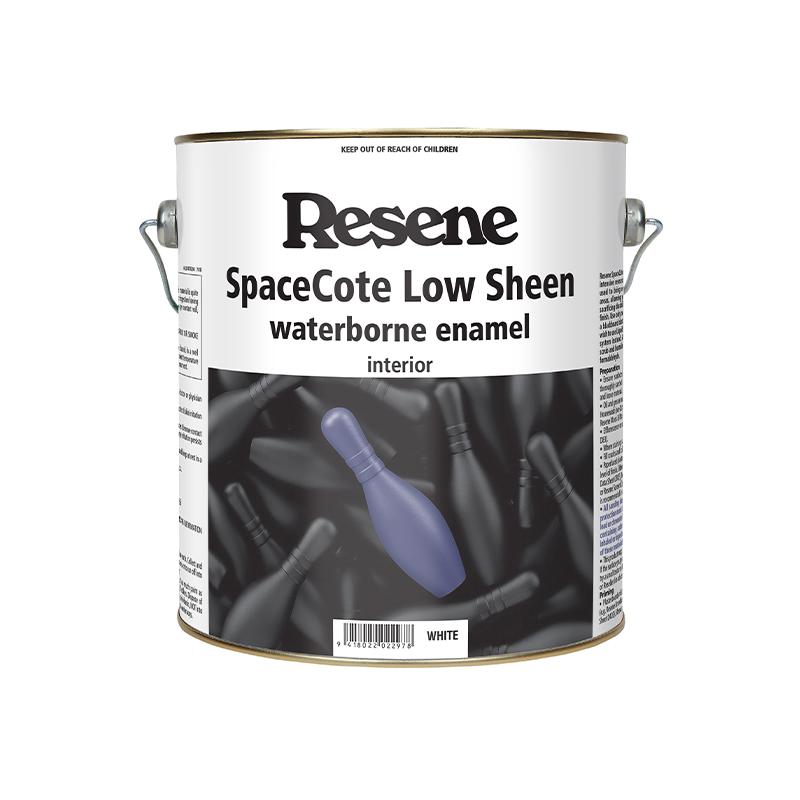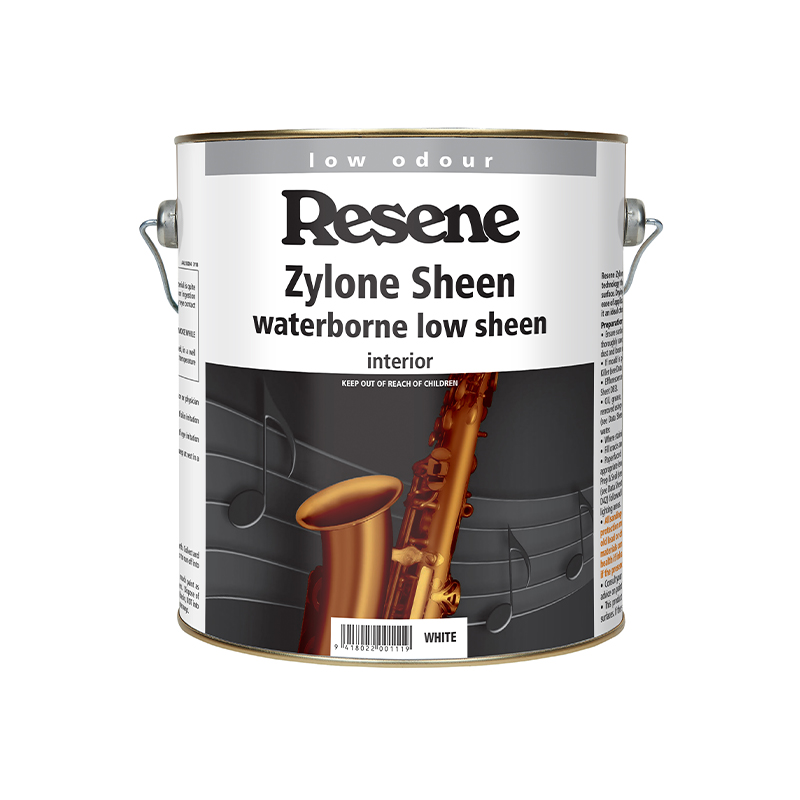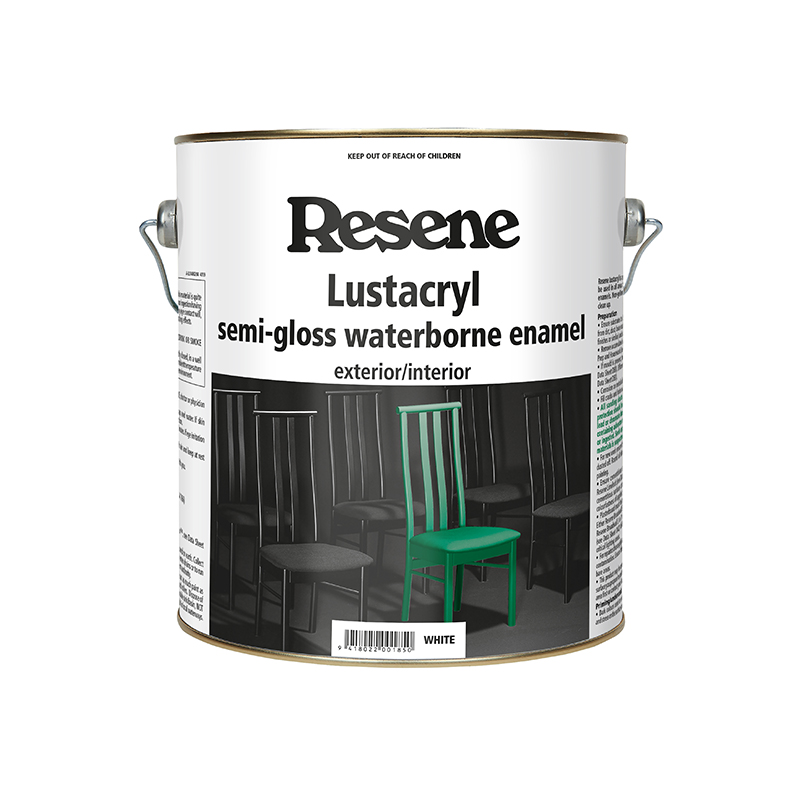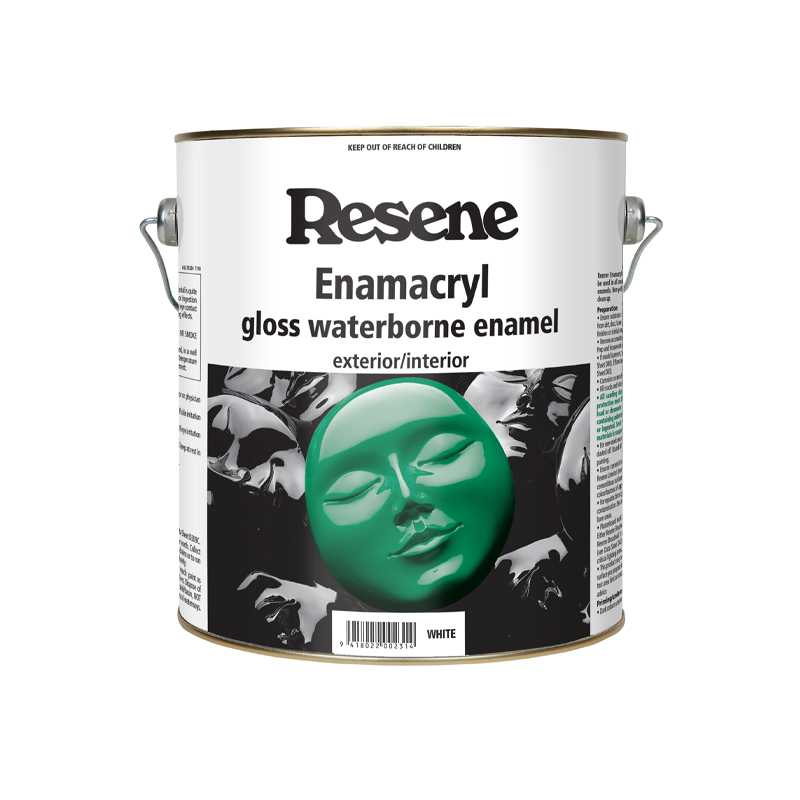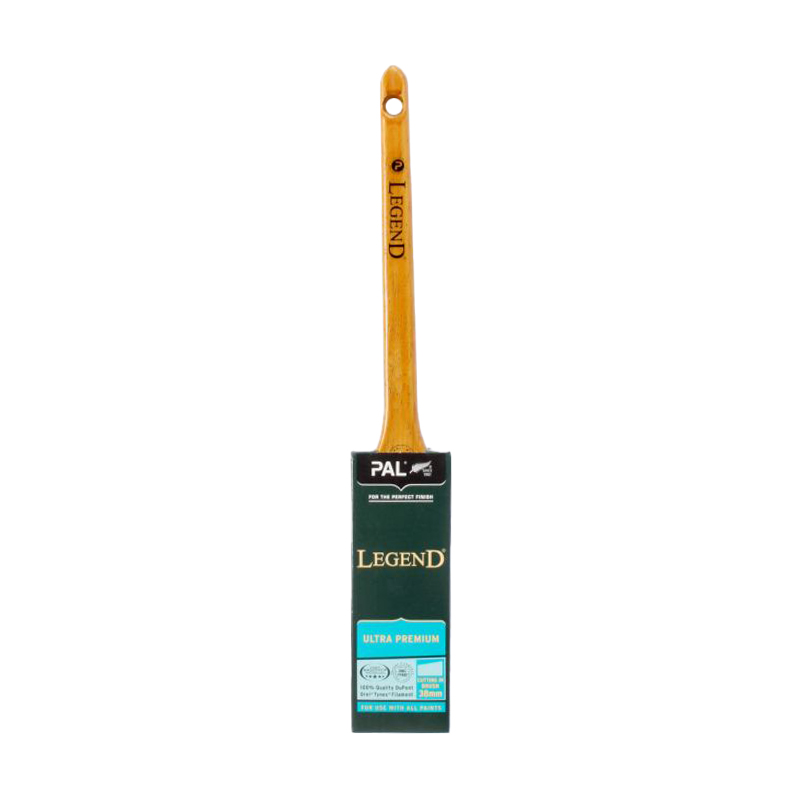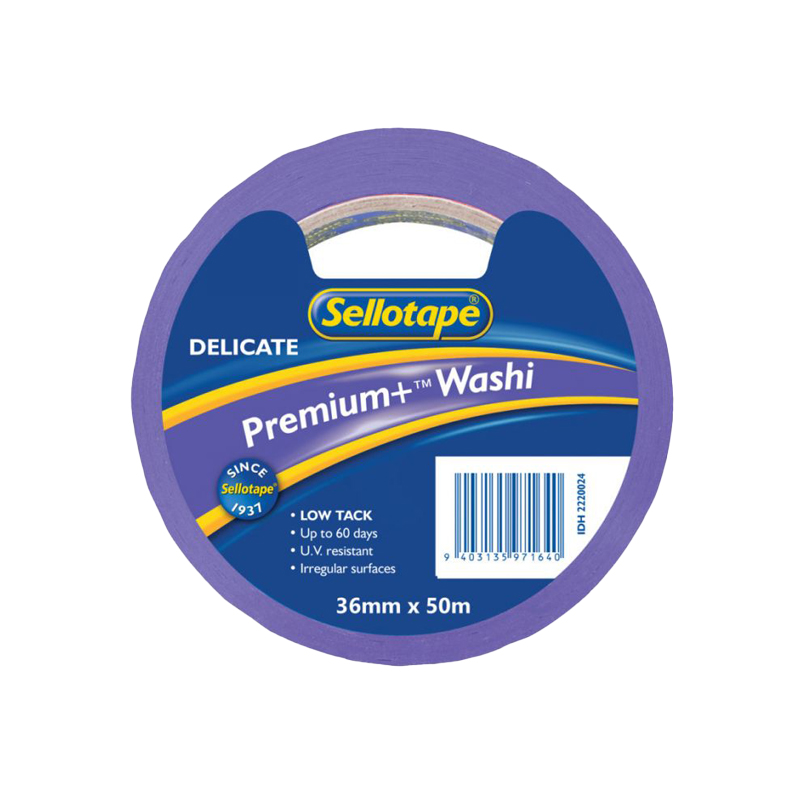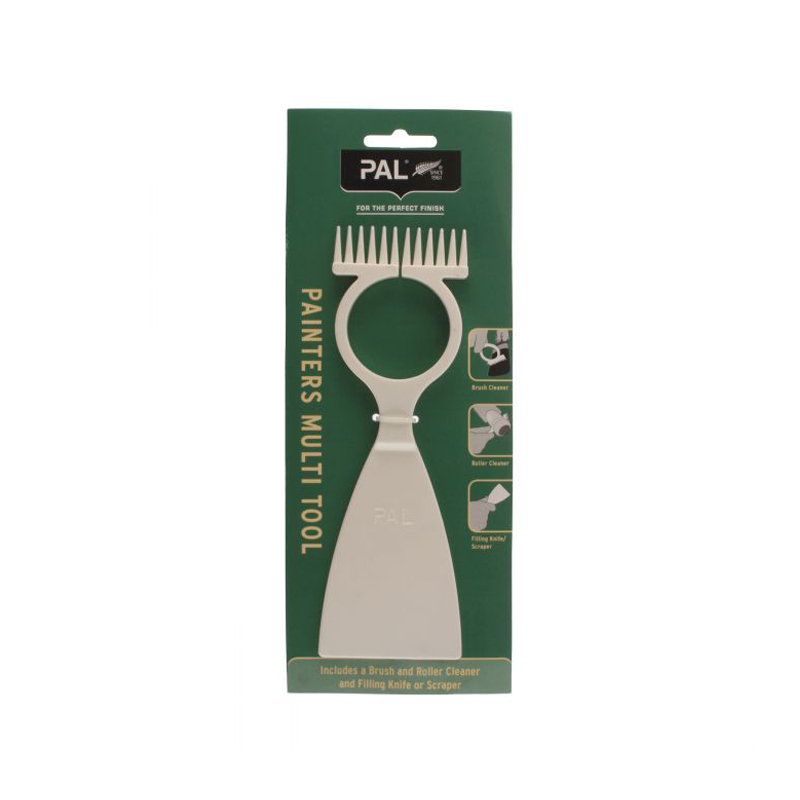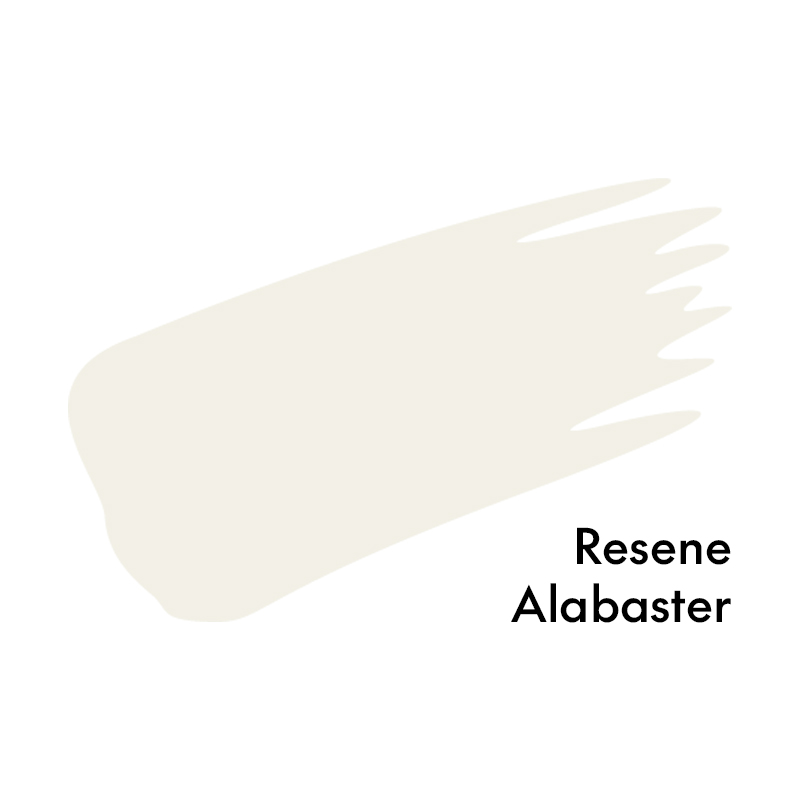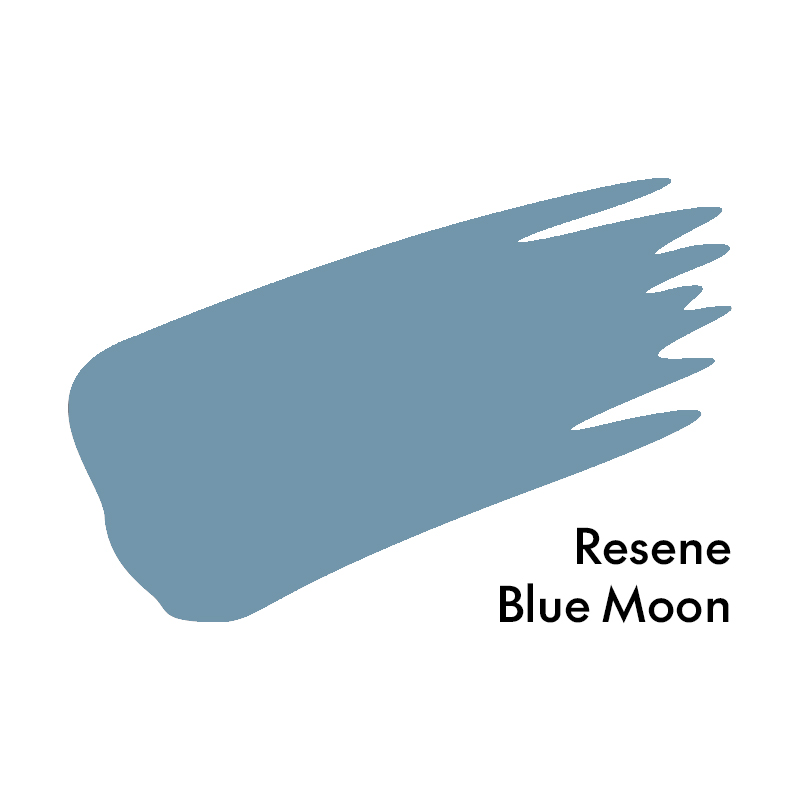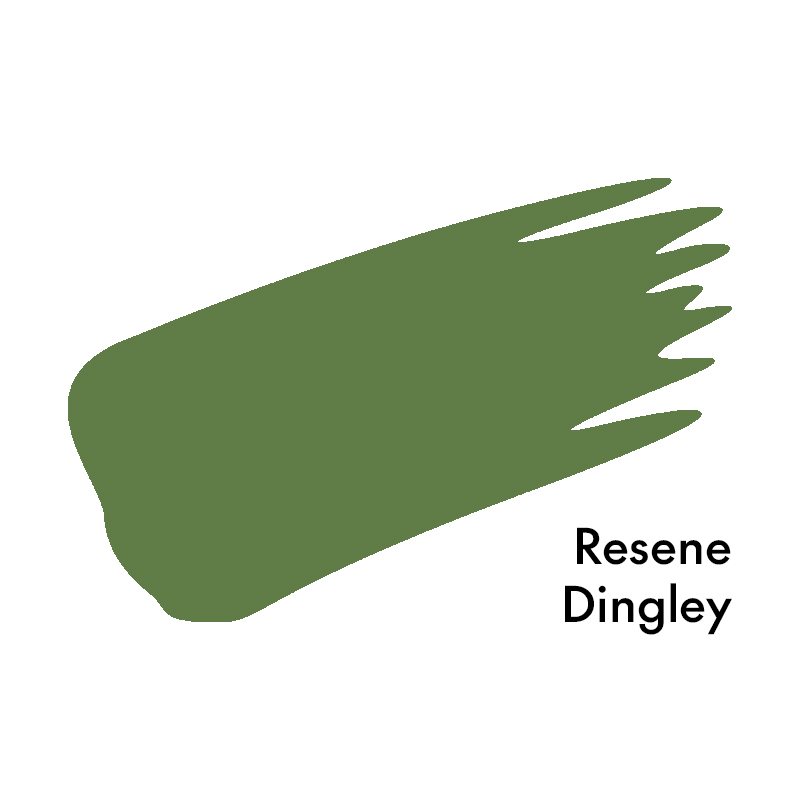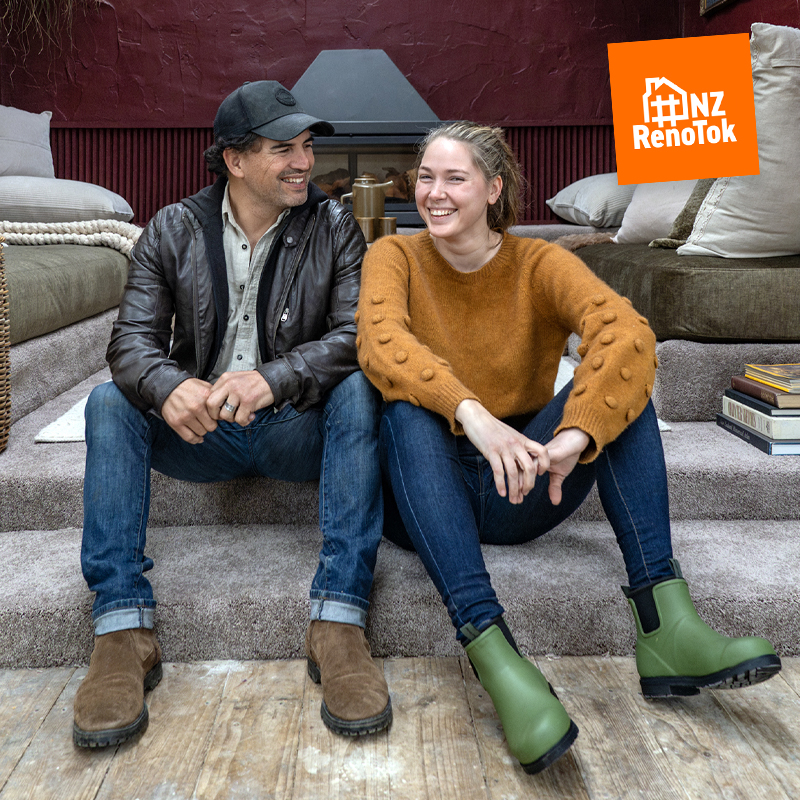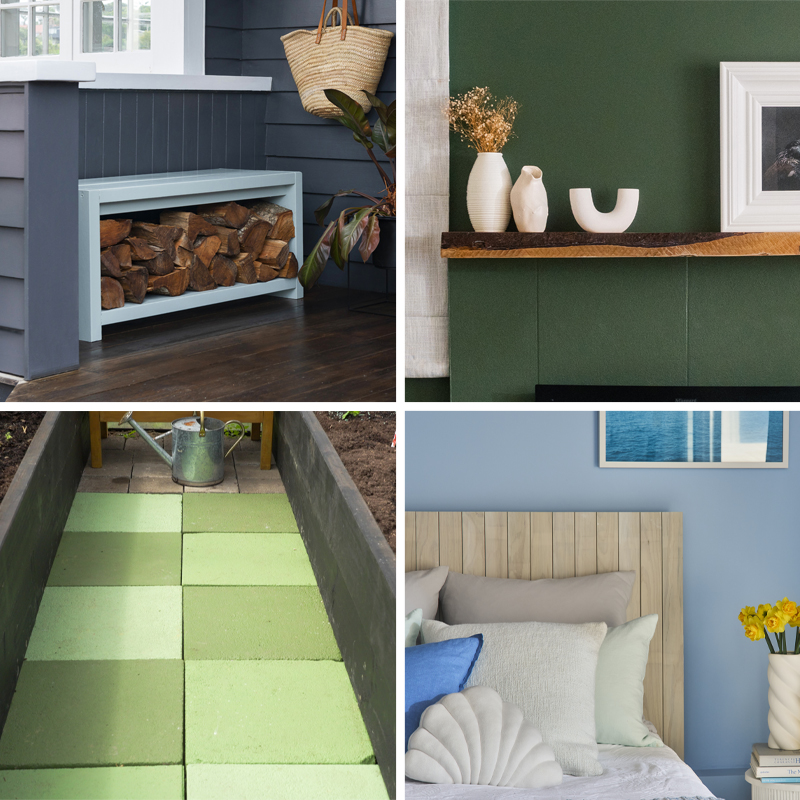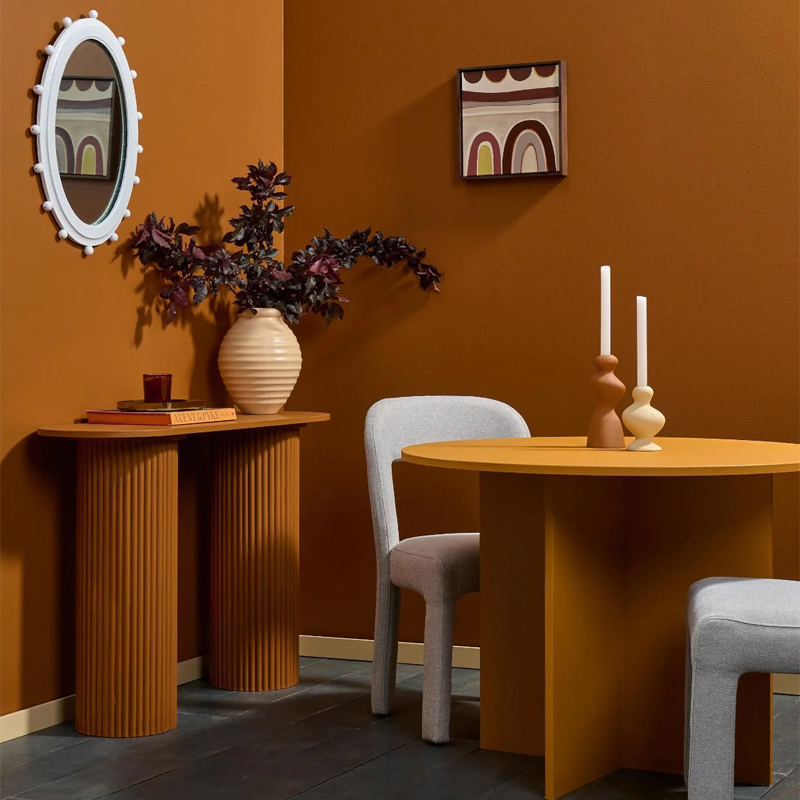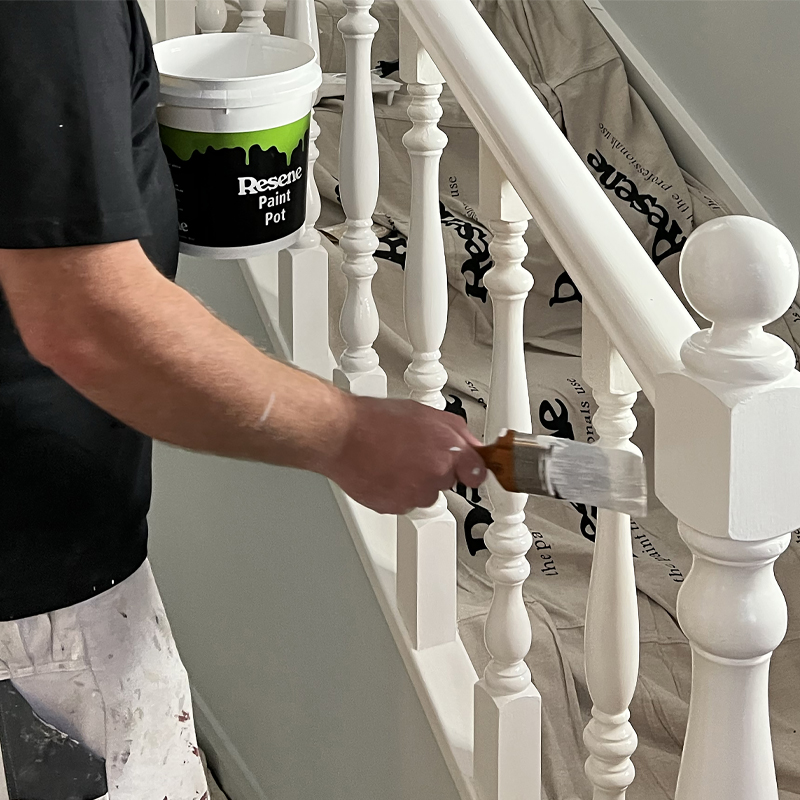Refreshing a room with paint can have a huge effect on the way you feel about a space. However, if you’re new to DIY and don’t know where to start, follow these pro tips to paint your room to perfection. Resene Paint Expert Murdo Shaw is used to big painting projects like multi-unit residential buildings, but for beginners or DIYers who only have time to tackle one room at a time, he says a good result comes to doing the right prep, choosing the right paint, and planning your approach.
Haven’t planned or prepped your room for painting? Read part 1 here.
Order, order
Once you’ve chosen your colours and paint products and done all the prep work, it’s time to get painting. “The standard painting order is to start at the top of the room, working your way down,” says Murdo. The usual order is ceiling, walls, trims then floors. “This is because if you paint the walls before the ceiling, then you’d get drops and splatters from the ceiling on your freshly painted walls.”
However, depending on your personal preference, painting skills and the amount of detailing in the room you might want to consider doing the trims before the walls.
“Personally, I like to paint the ceiling, then the trims, then the walls. This is because I find it much easier to cut into the edge of a wall, than cutting into something like an architrave – but that’s just my preference.”
Stir things up
Before you start painting, make sure you give the paint a good stir. Resene has paint stirrers especially designed for small paint cans as well as ones for 10L paint cans. If you want to power up your paint stirring, use a paint mixing attachment on a power drill.

